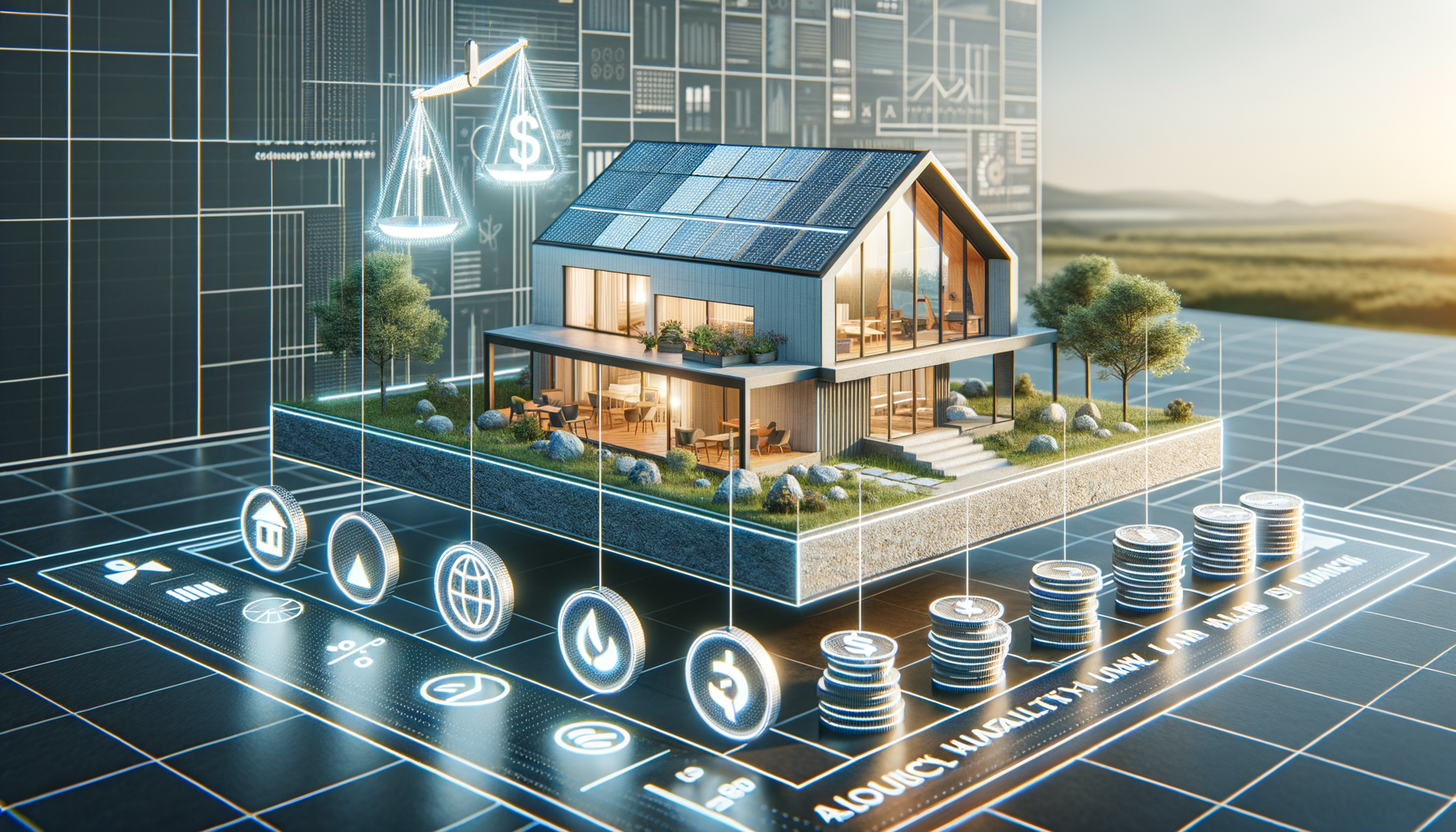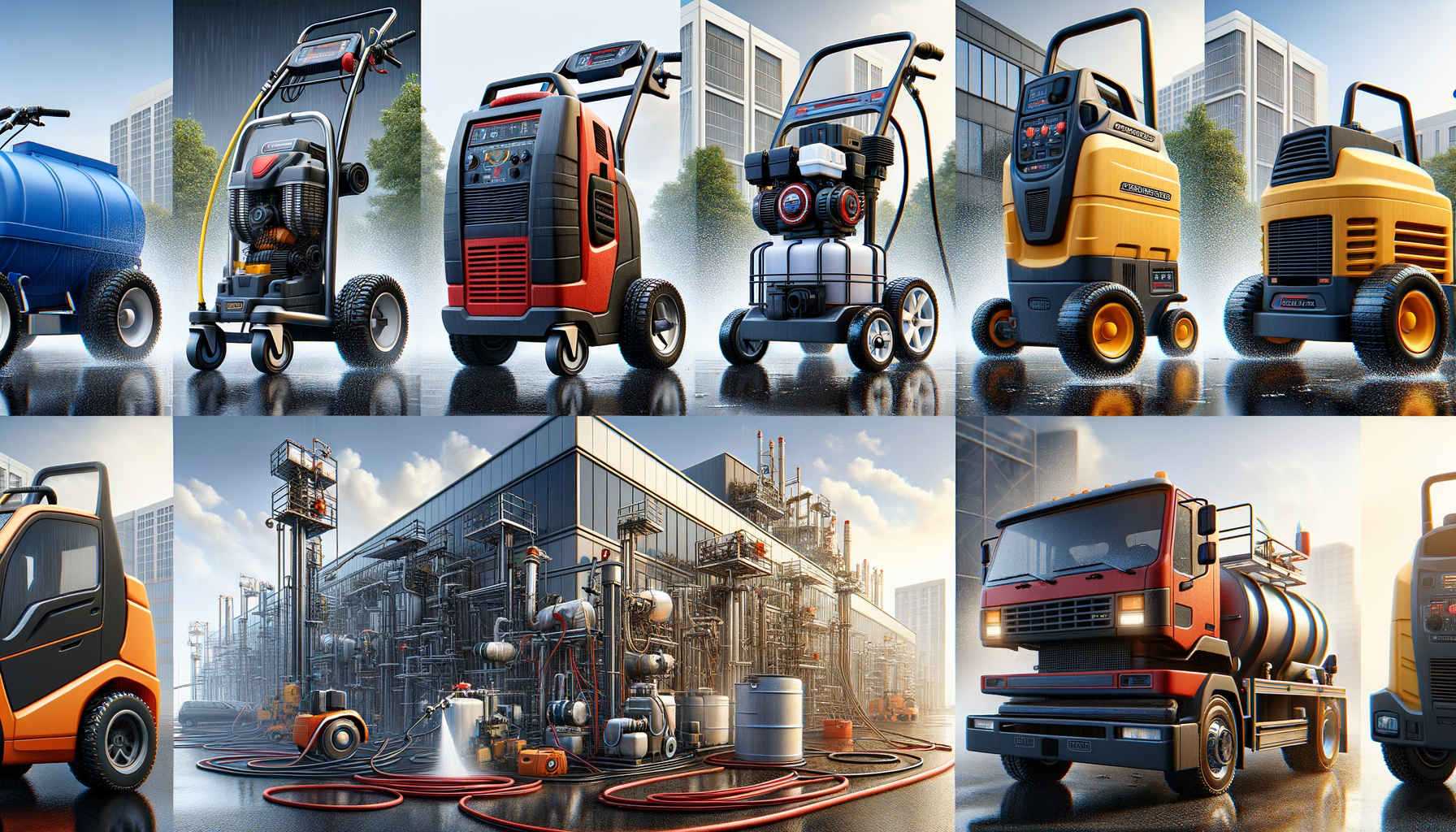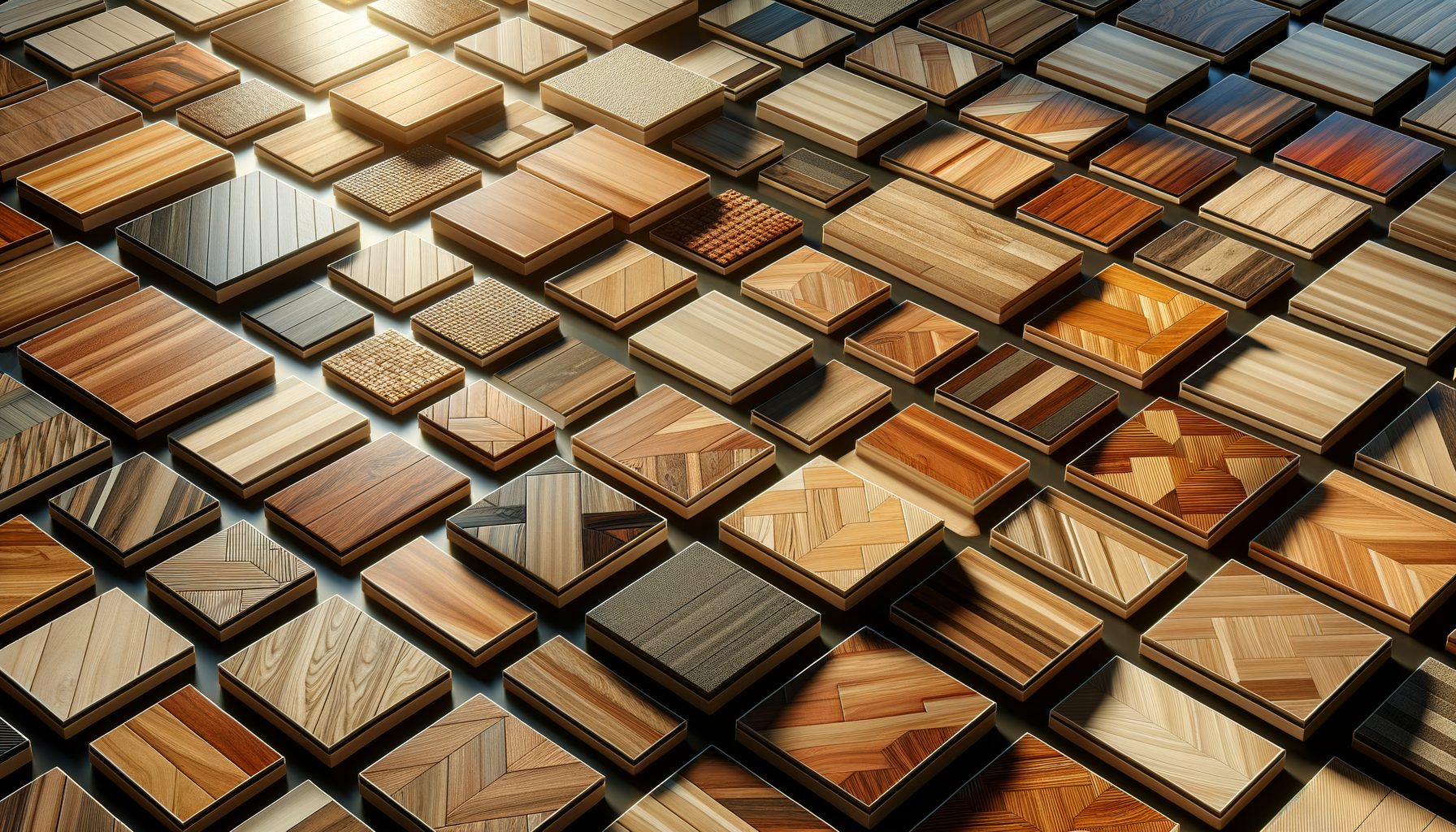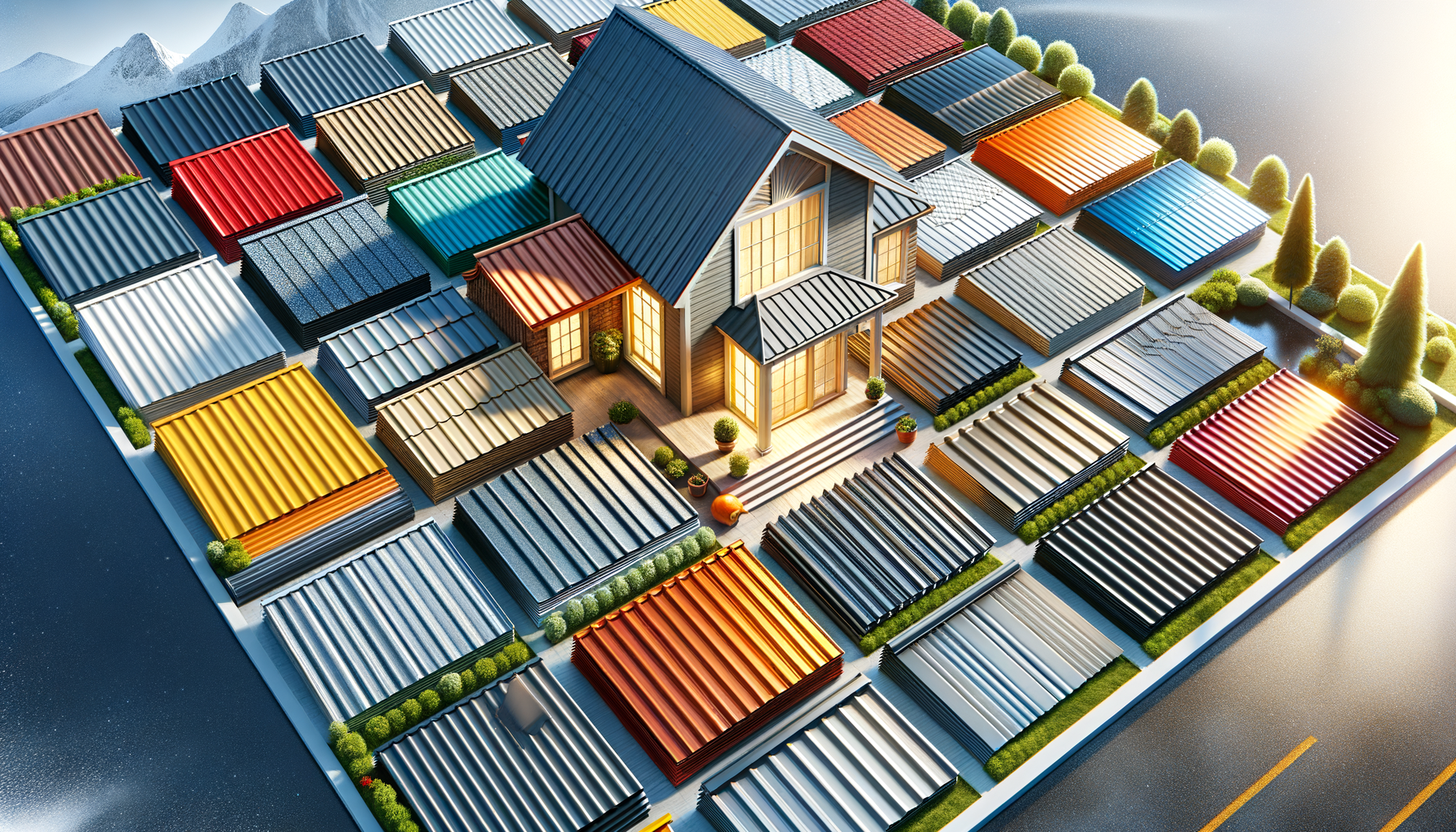
What Determines the Price of a Prefabricated House in 2025?
Introduction to Prefabricated Houses
Prefabricated houses, often referred to as prefab homes, have become an increasingly popular choice for homeowners seeking cost-effective and efficient housing solutions. These homes are constructed off-site and then transported to the desired location, offering a blend of modern design with reduced construction time. In 2025, the demand for prefab homes is expected to grow further, driven by the desire for sustainable and customizable living spaces. Understanding the factors that influence the price of these homes is crucial for prospective buyers looking to make informed decisions.
Material Choices and Their Impact on Cost
One of the primary factors affecting the price of a prefabricated house is the choice of materials. High-quality materials, such as sustainable timber or advanced composite materials, can significantly enhance the durability and aesthetic appeal of a home but may also increase the overall cost. On the other hand, opting for more economical materials can keep expenses down but might compromise on longevity and insulation properties. In 2025, with a growing emphasis on eco-friendly living, many buyers are likely to prioritize sustainable materials, which can impact the price range of prefab homes.
- Timber: Known for its natural appeal and sustainability.
- Steel: Offers strength and durability, often used in modern designs.
- Composite Materials: Provide enhanced insulation and energy efficiency.
Layout and Customization Options
The layout and customization of a prefabricated house also play a significant role in determining its price. Standard layouts tend to be more affordable, as they benefit from mass production efficiencies. However, many buyers are attracted to the customizable nature of prefab homes, allowing them to tailor the design to their specific needs and preferences. In 2025, as personalization becomes a key trend, the demand for unique and bespoke layouts is expected to rise, potentially leading to higher costs. Customization options can include:
- Open-plan living spaces for modern aesthetics.
- Additional rooms or extensions for growing families.
- Energy-efficient features, such as solar panels and smart home systems.
Energy Efficiency and Sustainability
Energy efficiency is another critical factor influencing the price of prefabricated houses. Homes equipped with energy-saving technologies, such as high-performance insulation, triple-glazed windows, and renewable energy sources, tend to be priced higher due to the initial investment required. However, these features can lead to significant savings in utility bills over time, making them an attractive option for environmentally conscious buyers. In 2025, as sustainability becomes a priority for many, the inclusion of energy-efficient features is likely to be a key consideration for prefab home buyers, impacting overall costs.
- Solar panels for renewable energy generation.
- Advanced insulation techniques for reduced energy consumption.
- Smart home technologies for enhanced energy management.
Conclusion: Making Informed Buying Decisions
In conclusion, the price of a prefabricated house in 2025 is influenced by a variety of factors, including material choices, layout customization, and energy efficiency features. As the trend towards sustainable and personalized living spaces continues to grow, understanding these elements is essential for prospective buyers. By considering the long-term benefits of investing in high-quality materials and energy-efficient technologies, buyers can make informed decisions that align with their lifestyle and budget. Ultimately, the ability to tailor a prefab home to individual preferences while maintaining affordability makes it an appealing option for many in the modern housing market.


